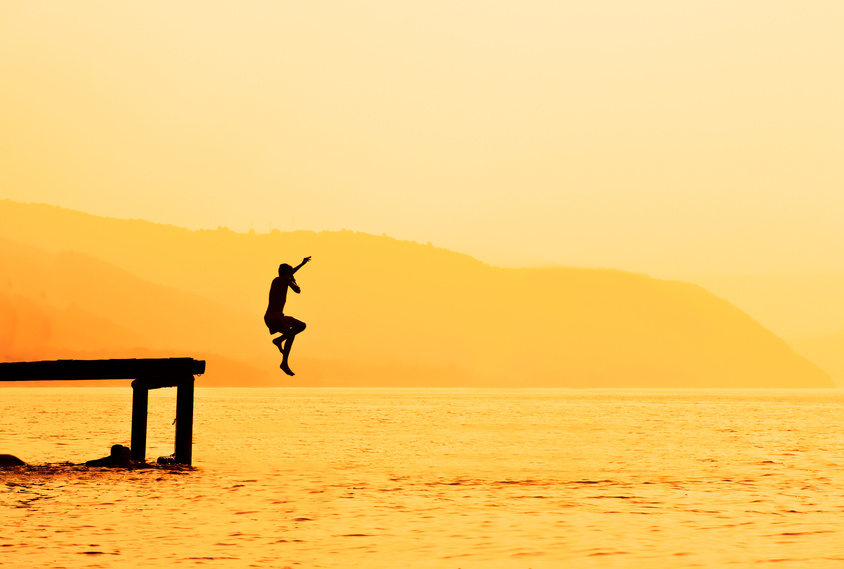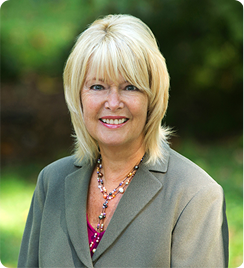
Ways to refresh and recharge vary according to our interests and needs. One of mine is moving in nature. It allows a shift from too much brain focus to a body engagement, where all senses are ignited.
This month I relished two weeks of hiking in Italy. One with a guide who shared wisdom that is valuable every day. Our small group in the Dolomites differed in abilities, but shared a desire to push ourselves beyond our status quo. The question of “Can I do it?” reverberated in the mountains. It reminded me of the adage to make your goals just beyond your fingertips…not too overwhelming, but not too easy.
As we started out, our guide Gary shared about the Sherpas in Nepal and what he’s learned from them. The Sherpas are the ethnic group known for their mountaineering skills. Besides guiding visitors, they carry the gear and food to nourish the group.
As we began our ascents, I became out of breath with rapid heart rate. Gary offered that the Sherpas take very small steps and strive to keep their breathing and heart rate level. So that became one of my practices on the trail, a type of walking meditation with focus on the breath. Gary has used this to climb the first 27,000 feet of Mt. Everest without oxygen. My goals were much more modest, but keeping a steady fuel of oxygen was one.
I found during that week an energy and excitement not present on most days. The beauty and fresh air inspired us, as did the camaraderie. We were all leaving the pressures of work and life responsibilities to heal our souls. It worked. The glow remains one week later after re-entry. But how to keep it alive or to create it without an exotic trip? What can we plug into our normal lives that keeps us engaged and energized?
The people I coach are ready for a change, usually starting with increased satisfaction in their work lives. They ask me how long does change usually take. How long do I work with people? They preface by saying they know it varies, but they still want to know when relief will appear for them. I understand the desire for a more gratifying work day..one where you are using your skills, living your values, and involved in something of interest that makes a difference.
How often we lose a sense at work that what we do matters? It may appear worthwhile at the outset, but after several years we grow stale. We need a shake up, a new path, a new reason to perform. As we grow and change as people, we need new challenges. But we fear our readiness for that challenge. We doubt our ability, but will never know our potential unless we try.
Like the Sherpas we can learn to take small steps and monitor our heart rate and breathing. If our body tells us to slow down, we can listen. Just as we can listen when it tells us to make a change because we are bored or stressed. Have you ever noticed when you take on something you love, time flies and you’re filled with energy? You are in flow according to Mihaly Csikszentmihalyi, author of “Flow, the Psychology of Optimal Experience”. Here’s his TED talk:
http://www.ted.com/talks/mihaly_csikszentmihalyi_on_flow
We don’t have to doubt our ability and stamina when we find the right interests. And we can find them by trying out many different things. There’s no recipe book for you. No index to check about what to do next. It’s just the willingness to put one foot in front of the other in a new direction. If you find that’s not bringing you joy, turn to the left or to the right.
During one of our amazing hikes, we were alone without our guide. We reached an unmarked crossroad and had to make a decision. In the direction we turned the trail became narrow and dark and muddy…difficult even. Surely this can’t be the right one, we thought. But we kept on, encouraging each other, finding unique ways to make it. And we came out onto a huge clearing, a bright meadow with flowers. In the distance we could see our guide waiting for us. He knew we would make it and ultimately, we did too.
So pick up your walking stick and:
Decide if this is your time for a change
Identify what area of your life needs a boost
Create your initial vision
Make a strategy map
Step on the path with a smile and hope
Good hiking and see you on the trail!







